First and Always: A New Portrait of George Washington by Peter R. Henriques (University of Virginia Press, 2020).
With so many books already written about the Founding Fathers, some believe there is nothing new to be learned about those men. George Mason professor emeritus and George Washington scholar Peter Henriques shows us in First and Always that this is not true. Henriques has spent a lifetime studying George Washington, teaching students (including me) about him, and educating the public through his brilliant lectures. No one is better able to give us an insightful portrait of the revolutionary war general and first American president. From the outset, Henriques makes it clear that he admires Washington, but he does not shy from criticizing him when warranted. In the book’s 226 easy to read and well-written pages, including notes and a bibliographical essay, Henriques gives the reader superlative insights into the man, his character, and his career.
In each of the book’s eight stand-alone thematic chapters, Henriques explores different aspects of Washington’s life and personal traits. The chapters broadly fall into several groups: Washington’s character traits (chapters one, three, and eight), his relationships (chapters two, five, and six), and two chapters (four and seven) that examine lesser-known but important episodes in Washington’s professional career.
Henriques believes ten factors enabled Washington’s success, and he examines each: fortune, physicality, ambition, determination, passion, courage, toughness, realism, talent, and character. Then, he debunks eleven persistent myths about Washington. These include young Georgecutting down his father’s cherry tree, that he wore wooden teeth (he wore teeth of cows, humans, and ivory), and that an eyewitness saw him pray on his knees in the snow at Valley Forge. Several myths have grown up about Washington’s character and personality: that he was a great curser, that he was a cold and humorless man, and that he was a womanizer. A myth of more recent origin is that Washington fathered a slave child, West Ford. Henriques finds no evidence in primary documents to support the contention. Henriques also identifies three ideas that drove Washington. First, he had a “powerful urge” to seek “fame across the ages” (146). Second, soon after his appoint as general of the Continental Army Washington “came to believe that Providence had chosen him for an epic role”: to embody “disinterested virtue” in the cause of expanding republican government and human freedom” (159). And third, being the master of Mount Vernon, a place, Henriques writes, that “was his hobby as well as his home, an expression of his livelihood and lineage.” Washington identified Mount Vernon “with autonomy and freedom from public responsibilities” and there “he reigned supreme and felt secure” (161).
In the group of chapters on relationships, Henriques first explores Washington’s controversial relationship with his mother, Mary Ball Washington. He gives her much of the credit for George’s early success. Among much other discussion, he cites eleven characteristics that mother and son shared, including great physical endurance, a strong will, a controlling and defensive nature, tenacity and independence, and an authoritative aura. Next, he looks at Washington’s “fractured friendships” with fellow Virginians Thomas Jefferson, James Madison, George Mason, James Monroe, and Edmund Randolph. Henriques concludes that all of these broken friendships resulted in the main from “Washington’s extreme sensitivity to criticism and to any perceived attack on his character or the purity of his motives” and show how Washington’s Federalist “philosophy of governance and his vision of America stood starkly apart from” that of these Virginians (104). Henriques then goes on to explore Washington’s relationships with seven of his enslaved workers, among them: Christopher Sheels, his personal body servant in his later years, who was present at Washington’s bedside at his master’s death in 1799, but who just that year had plotted to run away; William Lee, Washington’s personal body servant throughout most of the general’s life and the only enslaved person on whom Washington conferred immediate freedom in his will; Hercules Posey, Mount Vernon’s chef, who ran away in February 1797 after Washington relegated him to hard labor during a period when there was no need for kitchen staff at Mount Vernon; and Ona Judge, Martha’s seamstress, who escaped in 1796 and took up residence in New Hampshire. Washington relentlessly pursued Judge until his death, even to the point of flouting the law that required a slave owner to appear before a magistrate and prove ownership before attempting to transport a fugitive slave across state lines. Washington’s efforts, Henriques writes, “do not reflect well on him” (114). Washington’s pursuit of Judge is surprising because, as Henriques points out, “Washington in the course of his life dramatically changed his view of slavery” (105). He became critical of slavery and directed in his will that all his own slaves be freed after Martha’s death, as Henriques points out, the only Founding Father to do so (106).
Finally, Henriques draws attention to two episodes in Washington’s career that show him at less than his best. As commander in chief of the Continental Army, he took a leading role in the controversy over the threatened execution of a captured British officer, nineteen year old Charles Asgill. Washington directed the execution in retaliation for the extra-judicial execution of an American militia officer, Joshua Huddy, by a group of Loyalists. The selection of Asgill contravened the terms of the British capitulation at Yorktown where Asgill had surrendered. Henriques calls Washington’s decision a “serious misjudgment” (68). Despite his empathy for the unfortunate Asgill, Washington refused to admit he had made a mistake. Congress eventually spared the young British officer, but Henriques believes that affair was one of the most “unfortunate” incidents of Washington’s generalship. Henriques also looks at Washington less than stellar role as commander in chief during the Quasi-War with France in 1798, when he showed himself to be, despite his historical reputation as non-partisan, an intensely partisan Federalist.
As is clear from this book, George Washington was arguably the essential element to the founding of the American republic. Henriques rightly concludes: “Without George Washington, the great experiment in republican government never would have had the chance to thrive. Simply put—no George Washington, no America” (163) First and Always is a must read for everyone wanting to understand the Father of our Country and is an excellent companion to Henriques earlier book Realistic Visionary: A Portrait of George Washington (University of Virginia Press, 2006). Together, the two offer a superb profile of George Washington.
PURCHASE THIS BOOK FROM AMAZON IN CLOTH OR IN KINDLE
(As an Amazon Associate, JAR earns from qualifying purchases. This helps toward providing our content free of charge.)




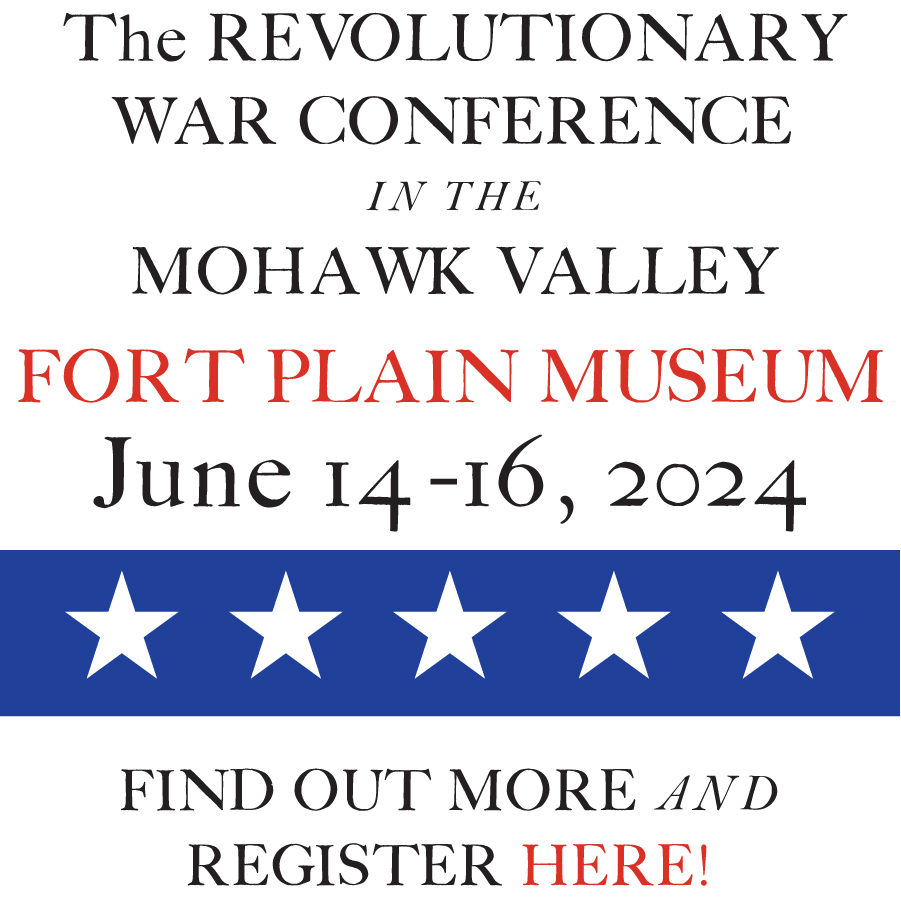
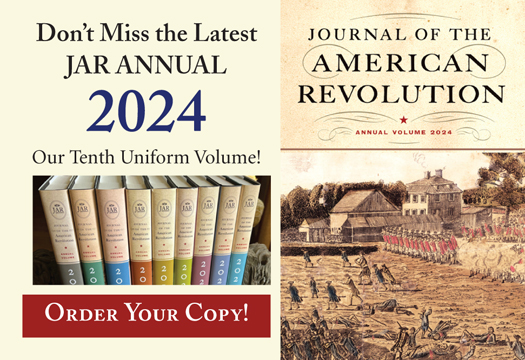
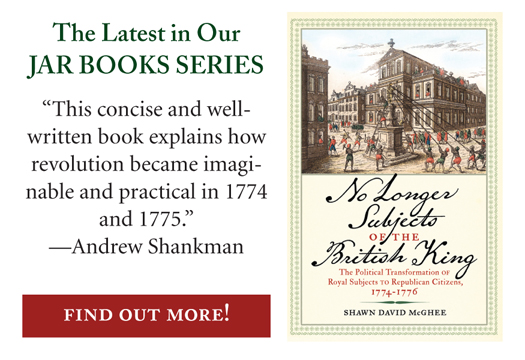
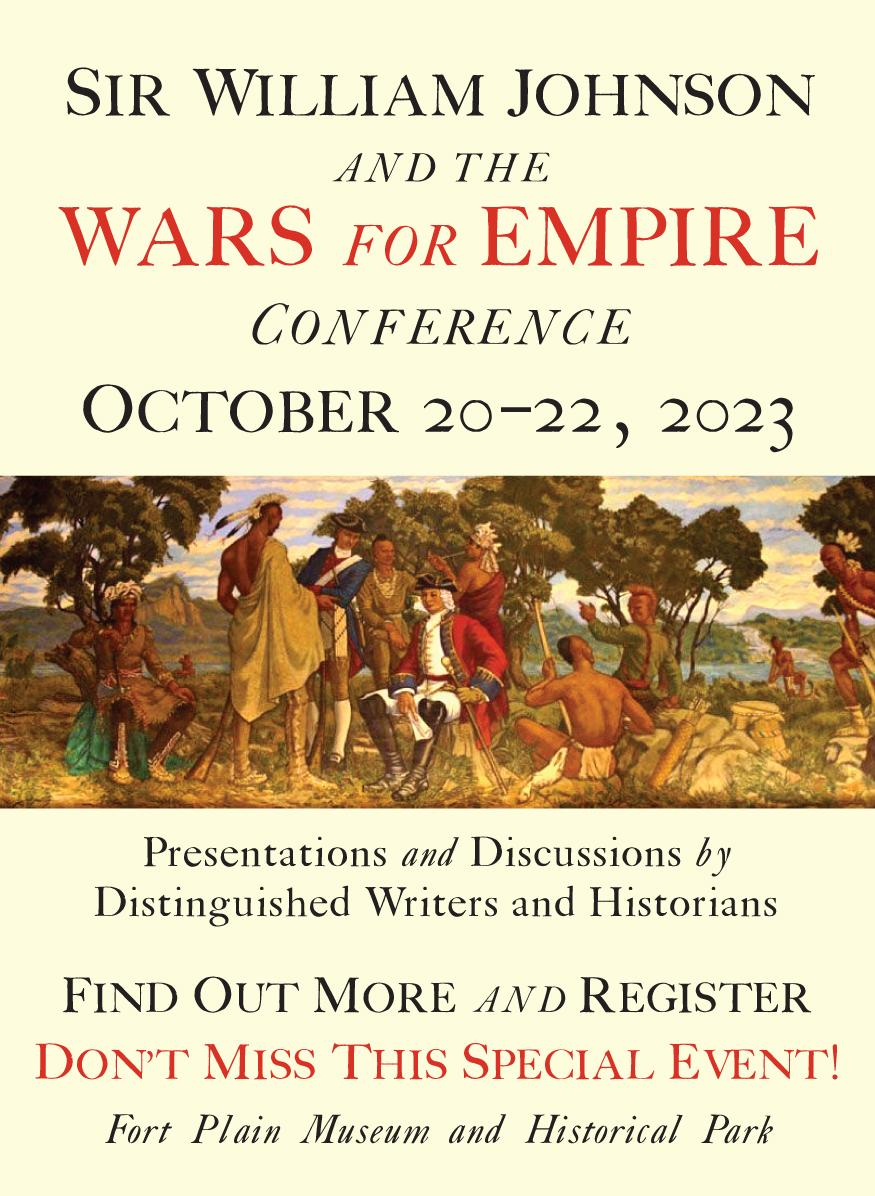
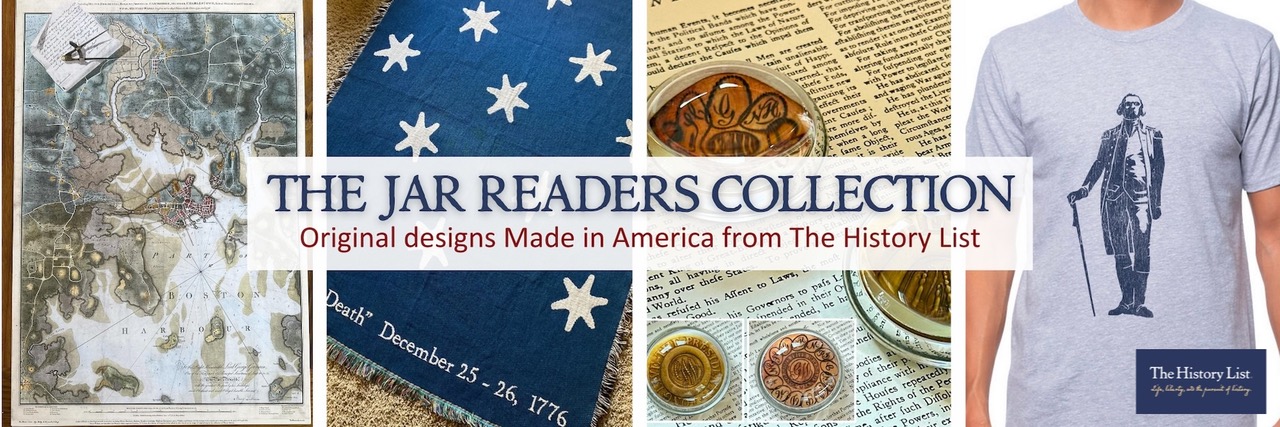


Recent Articles
This Week on Dispatches: Raphael Corletta on the Two “Empires of Liberty”
The Milford Connecticut Cartel
Ordinary Greatness: A Life of Elias Boudinot
Recent Comments
Well written and researched. Thanks!
Thanks for a beautifully researched and written article. I have been frustrated...
There seems to be unsung heroes throughout Americas history and this gentleman...